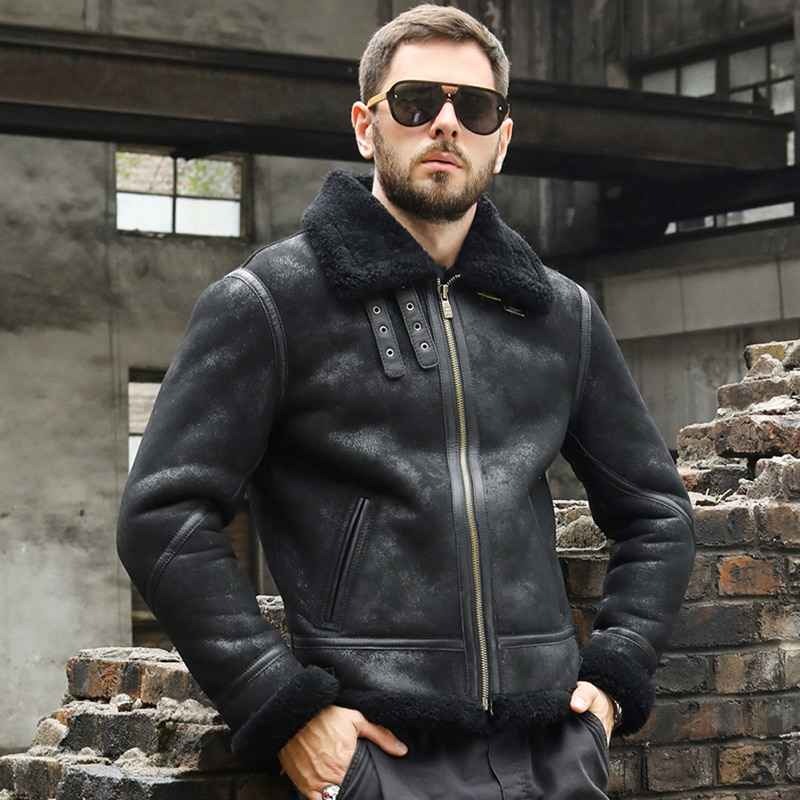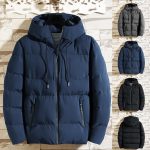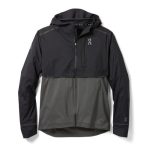Origins of Aviator Jackets
Originating in the early 20th century, aviator jackets were designed to meet the needs of pilots. These jackets provided warmth and protection in the open cockpits of the early airplanes.
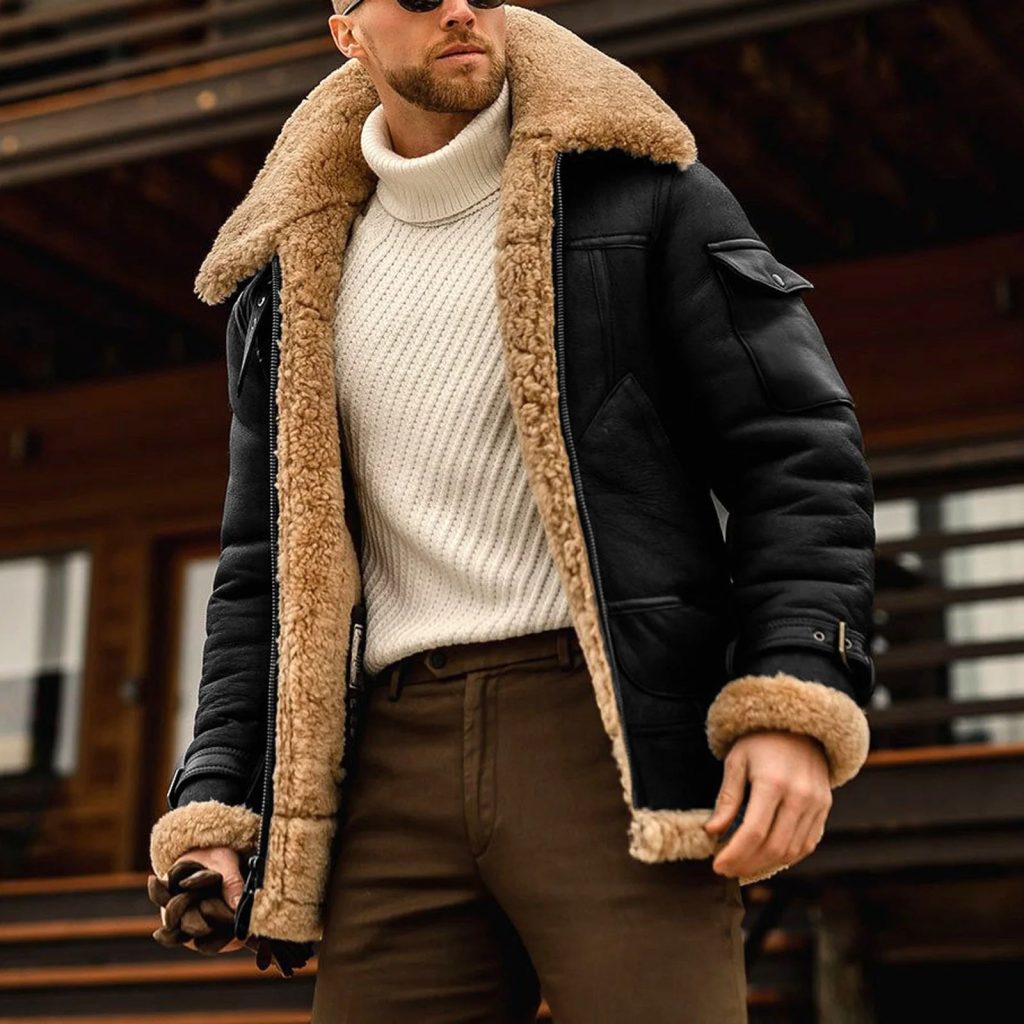
Early 20th Century Military Beginnings
At the dawn of aviation, military pilots faced harsh conditions while flying. Leather aviator jackets, complete with fur or sheepskin linings, were introduced. They kept pilots insulated against the cold, high-altitude air. Initially, these aviator jackets were part of military gear, highlighting their importance in a pilot’s flight kit.
The Role in World War I and II
During World War I and II, aviator jackets became essential for airmen. They provided comfort and functionality during long flights. In these wars, the jacket’s role evolved from a simple piece of clothing to a symbol of bravery and adventure. The jackets bore insignia and medals, reflecting the heroic status of the pilots. What started as a practical garment had become an integral part of military heritage and pilot identity.
Design and Material Development
As aviator jackets evolved, so did their design and the materials used in their construction. From their military origins, aviator jackets underwent significant changes to become both functional and fashionable pieces of outerwear.
From Sheepskin to Synthetic Fabrics
Initially, aviator jackets featured sheepskin, known for its insulating properties. Over time, advancements in textile technology introduced synthetic fabrics. These alternatives replicated the warmth of sheepskin but with added benefits. They were lighter in weight, easier to maintain, and provided better resistance to various weather conditions. These synthetic materials allowed for more versatility in how aviator jackets could be worn and increased their appeal beyond the aviation community.
Changes in Style and Cut Over Time
Alongside material upgrades, aviator jackets saw alterations in style and cut. Early versions had a bulky and utilitarian design, prioritizing functionality. As they transitioned into civilian use, the jackets became more fitted and stylish. They now feature sleeker silhouettes, reflecting contemporary fashion trends. Design elements like collars, cuffs, and zippers have been updated for aesthetic and practical purposes, making aviator jackets a timeless classic in modern wardrobes.
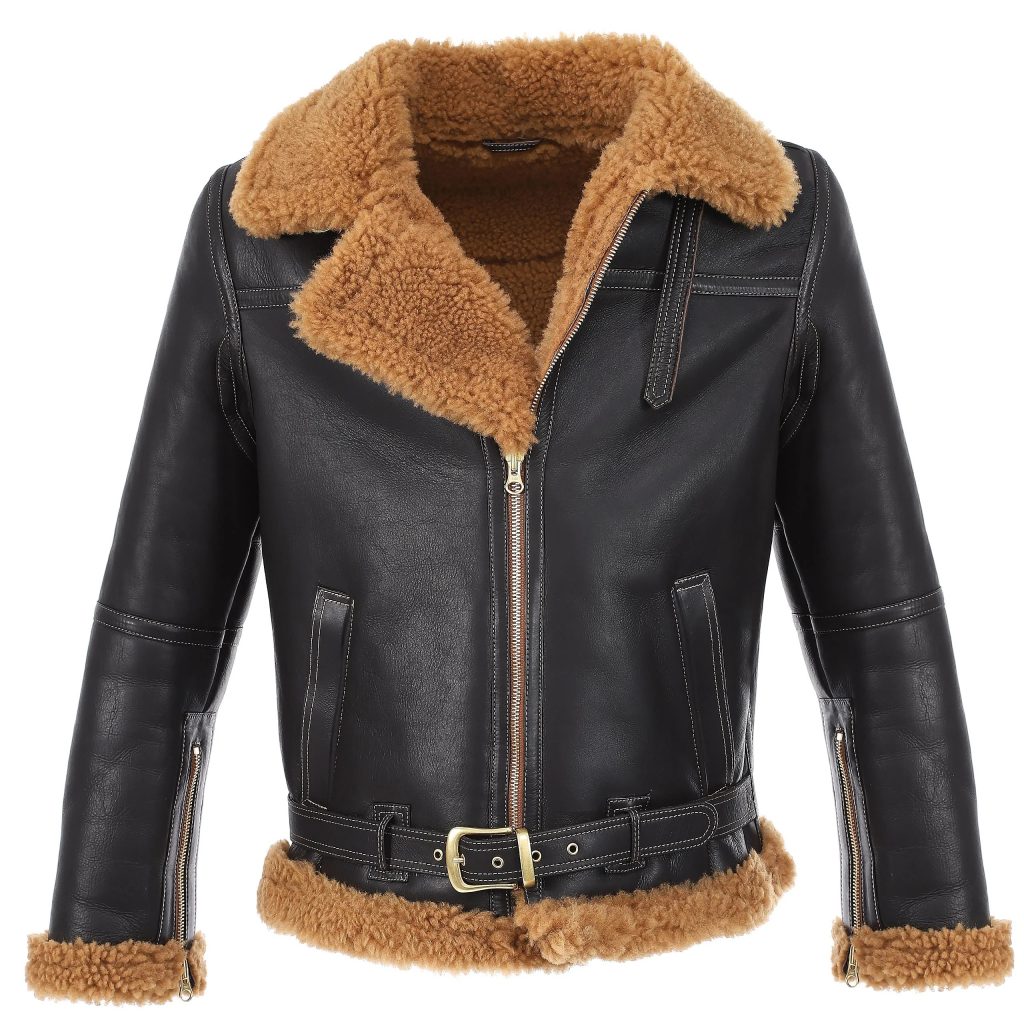
Popularity in Mainstream Fashion
Aviator jackets have journeyed from the skies to the high streets. Today, they are not just for pilots but a staple in fashion enthusiasts’ wardrobes. The robust design and warmth they offer have made them popular in colder climates, while their iconic status has turned them into year-round fashion pieces in other regions. The adaptability of aviator jackets to different styles and occasions has played a large part in their mainstream appeal.
Hollywood’s Influence on the Aviator Jacket
The big screen has been instrumental in catapulting aviator jackets to stardom. Films featuring bold, adventurous characters clad in these jackets created a rugged, heroic image many wanted to emulate. Hollywood icons donning aviator jacket in movies led to a surge in popularity among fans. The on-screen portrayal often signifies courage, making the aviator jacket a symbol of an intrepid spirit.
From Pilots to Pop Culture Icons
Aviator jacket made the leap from functional gear to fashion statements with ease. Influencers, musicians, and fashion icons have embraced these jackets, showcasing them in various public appearances and performances. Their presence in mainstream media has affirmed the aviator jacket’s position as a timeless and versatile fashion piece. Today, people wear them not just for warmth but also as a trendy addition to their everyday outfits.
Technological Advancements and Modern Variations
Aviator jackets have come a long way since their military beginnings, embracing new technologies along the way. Breakthroughs in materials and design have propelled these jackets into the future. Now, aviator jackets meet modern needs while maintaining their classic appeal.
Innovations in Insulation and Weather Resistance
Recent innovations have greatly boosted aviator jackets’ performance in insulation and weather resistance. New synthetic fibers offer superior warmth with less bulk. This makes aviator jackets slimmer and more comfortable. These materials also resist water and wind better, shielding wearers from the elements with ease. Some jackets even feature smart materials that adjust to temperature changes, providing ideal comfort in various climates.
Diversity in Aviator Jacket Designs Today
Today’s aviator jacket display an incredible diversity in designs. They range from authentic reproductions of vintage military styles to sleek, fashion-forward versions. Vibrant colors, patterns, and custom embellishments let wearers express individual style. Modern aviator jacket cater to all tastes and occasions. They blend seamlessly with casual or formal wear, proving their versatility time and again.
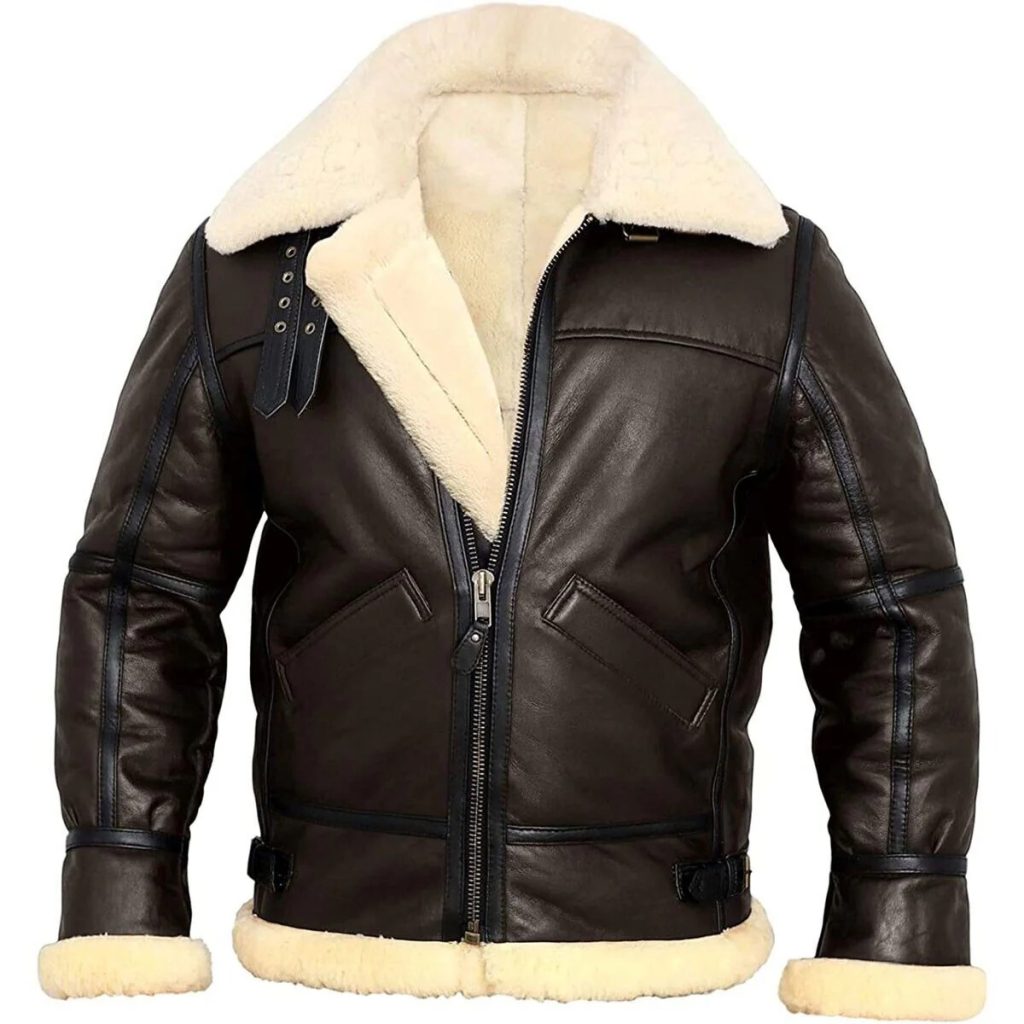
Aviator Jackets in Military and Civil Aviation
Aviator jackets have remained vital in both military and civil aviation sectors. Their utility and iconic style keep them in demand among pilots and aviation professionals. Modern aviator jackets in these fields are now equipped with advanced materials and modified designs to enhance comfort and performance.
Current Uses in Aeronautical Professions
In today’s aeronautical landscape, aviator jacket serve multiple roles. They are not just a part of uniform but also provide essential protection against the elements. For military pilots, these jackets boast reinforced areas for safety and compartments for gear. Civil aviation professionals favor aviator jacket for their practicality and ease of movement inside the cockpit.
Commemorative and Replica Jackets
Beyond their practical use, aviator jacket today have taken on a sentimental role. Many are designed as commemorative pieces, celebrating historical aviation milestones or honoring military service. Replica jacket are also popular, replicating the design and materials of those worn by aviators in World Wars. These jackets are cherished by collectors and enthusiasts alike, serving as a physical connection to the daring spirit of early aviators.
These replicas incorporate the key features of the original jacket, like genuine leather and authentic insignia. Even fashion brands have joined in, creating versions that merge historical accuracy with modern comfort. Whether for remembrance or style, commemorative and replica aviator jacket bridge the gap between past and present.
Care and Maintenance of Aviator Jackets
Proper care and maintenance of aviator jacket can extend their lifespan. This ensures that they not only keep you warm but also stay in great condition as fashion statements over the years.
Preserving Leather and Fabrics
To keep aviator jackets looking their best, routine care is crucial. For leather aviator jackets, use a soft, damp cloth to wipe off dirt and dust. Apply a leather conditioner once every few months to prevent drying and cracking. Avoid exposing the jacket to direct sunlight for long periods, as this can fade the leather.
For jackets made from synthetic fabrics, regular laundering is necessary. Follow the care label instructions closely, typically requiring a mild detergent and cold water. Hang them to dry rather than using a dryer, which can damage the fabric.
Tips for Longevity and Storage
When storing your aviator jacket, make sure it’s clean and completely dry. Use padded hangers to maintain the jacket’s shape without stretching the shoulders. For long-term storage, a breathable garment bag is best to protect against dust without trapping moisture.
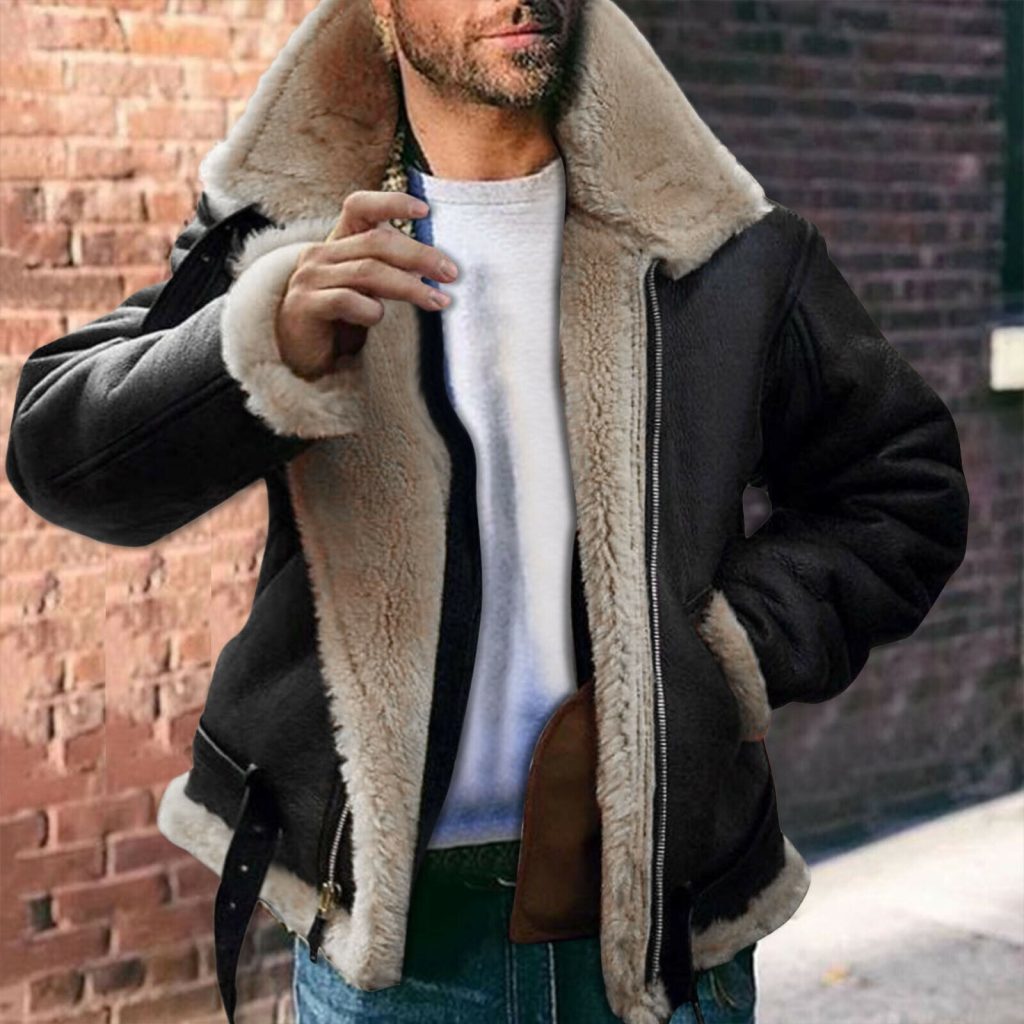
Ethical and Sustainable Considerations
As aviator jackets remain fashionable, ethical and sustainable production practices have become increasingly important. Manufacturers and consumers alike are seeking ways to minimize their environmental footprint and promote animal welfare.
The Shift to Cruelty-Free Alternatives
The traditional leather and sheepskin materials in aviator jacket raise concerns about animal welfare. In response, the industry is shifting towards cruelty-free alternatives. These include synthetic leathers and faux fur linings, which replicate the warmth and style of the original materials. These alternatives also offer the benefits of being easier to maintain and less impactful on the environment.
Environmental Impact of Jacket Production and Disposal
The production and disposal of aviator jacket also have environmental implications. Using sustainable materials and production techniques reduces these impacts. Recycling and upcycling efforts are in place to address the waste created by out-of-use jacket. Manufacturers are also exploring ways to lower emissions during production and to make aviator jacket from recycled materials.

